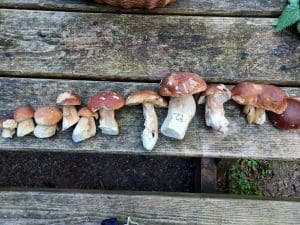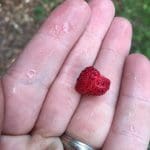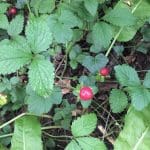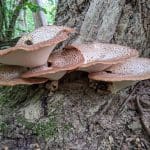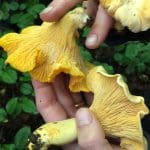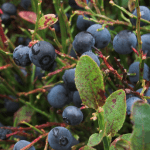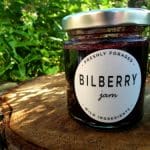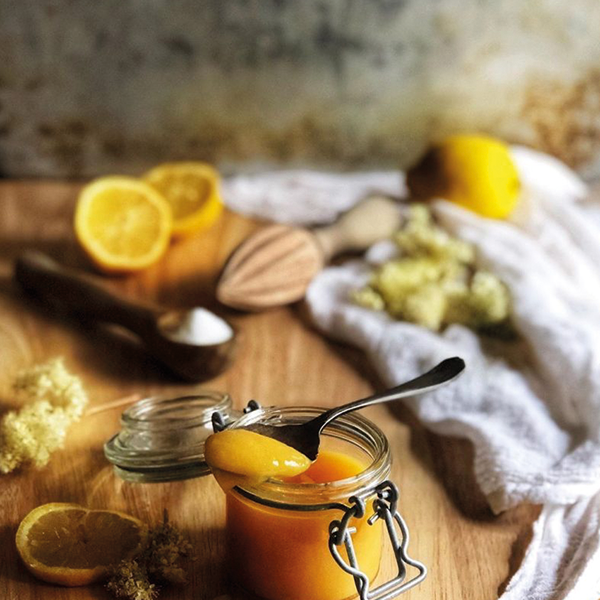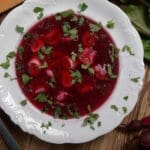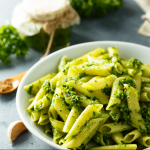July is typically the warmest month of the year, the hot weather can make finding fresh greens more difficult as plants focus their energy into producing flowers and fruits. Depending on weather conditions there are a few gourmet mushrooms around too.
So what can you forage in July? Here are our top five picks for the month.
Wild Strawberry
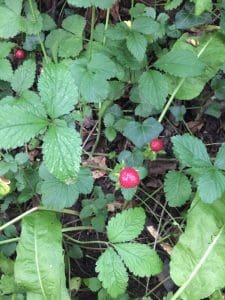
A plant that’s almost impossible to go wrong with. Look in woodlands for low lying plants with 3 lobed leaves and miniature strawberries. The wild version tends to have smaller fruits but the flavour is a lot more intense than commercially grown varieties.
Click here for the ID guide for Wild Strawberry
Dryad’s Saddle
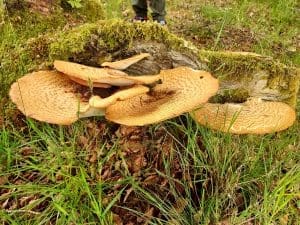
A very beginner friendly mushroom that you’ll find them growing on dead or diseased hardwoods. When young and fresh they taste like watermelon and become more mushroomy as they age. Dryads are woodland fairies that supposedly ride these fungi and they look a bit like an old tractor seat.
Click here for the ID guide for Dryad’s Saddle.
Chanterelle
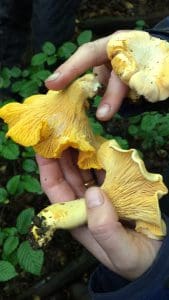
One of the world’s most famous wild mushrooms, they are a lot more common in the UK than most people think. They prefer damp, shady woodlands and have a delicious apricot scent when freshly picked. Use them fresh or dried, they are also an interesting ingredient to infuse in alcohol.
Click here for the ID guide for Chanterelle.
Bilberry
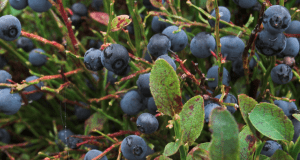
One of my favourite wild berries, think of them as our native Blueberry. Typically they are found on acidic soil at altitude growing in among the heathers. As well as being delicious they are packed full of antioxidants and vitamins.
Click here for the ID guide for Bilberry.
Meadowsweet
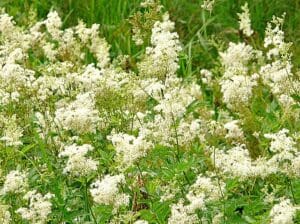
A plant that you can find most of the year but summer is when the flowers which are my favourite part are available. They have a lovely mown hay/almond flavour that works well in pannacotta, jams, wines and cordials. The plant was important in the development of Aspirin as it contains high levels of salicylic acid.
Click here for the ID guide for Meadowsweet.
Recipe of the month – Lemon and Meadowsweet Curd
My favourite method of capturing the essence of meadowsweet is with this wonderful lemon and meadowsweet curd. The meadowsweet adds an incredible almond flavour to the classic curd. In little jars, it makes beautiful summertime gifts and can be spread on toast, cakes or pancakes and stirred into puddings and porridge.
Ingredients:
- 1/4 cup granulated sugar
- 1/3 cup fresh lemon juice
- 2 tsp lemon zest, finely grated
- 1 cup meadowsweet flowers
- 2 large eggs, room temperature
- 1/4 cup butter, room temperature
Method:
- In a small saucepan, combine the sugar, lemon juice, lemon zest, meadowsweet flowers and eggs
- Add the butter and cook over low heat, stirring continuously with a whisk, until the first bubble appears on the surface of the mixture and the curd is thick enough to show the marks of the whisk, about 6-8 minutes
- Strain the lemon curd through a fine-mesh strainer to remove the zest and flowers.
- Transfer the hot lemon curd to a bowl or jar and cover the surface with plastic wrap
- Refrigerate until cold, then take off the plastic wrap and replace with a lid.
- The curd keeps fresh in the refrigerator for about 1 week.
Recipe from @foraged.by.fern instagram
Click here for more Summer recipes
What to forage in June.
Foraging in June can be really variable weather-wise, one day it’s hot and humid and the next day it’s damp and miserable. The summer solstice is towards the end of the month when the sun reaches its highest point, it’s an important time in the foraging calendar.
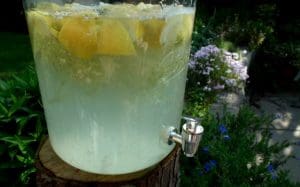
What to Forage in August.
Traditionally the first of August marks Lammas day which signals the start of the harvest season which is perfect for foraging in August. The Anglo-Saxon name for August was Vueod-Monath which means weed month, as this is the time when they grow most abundantly, making it a particularly good month for foraging, gathering and preserving.
